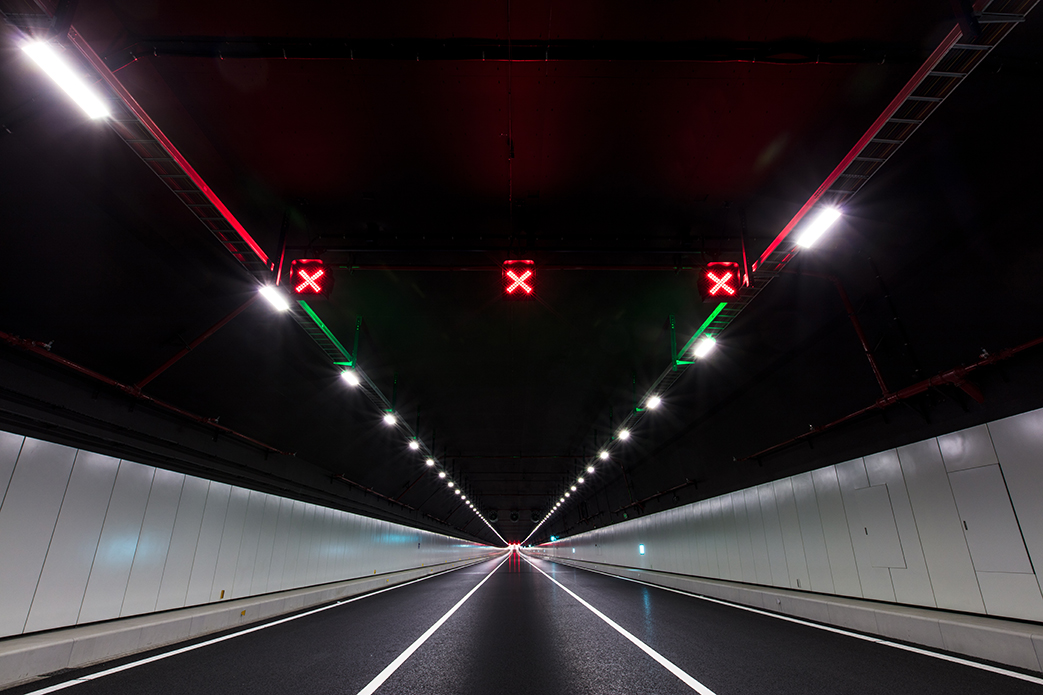Sansi LED: Sustainable LED Lighting and Integrated LED Display
Delivering premium and professional LED Display, LED Lighting, Smart City Integration solutions, trusted by over 60,000 companies worldwide everyday. From industrial lighting to commercial lighting, from outdoor advertising to XR & VR production, Sansi LED greatly improves the quality and sustainability of your business with 30 years of expert experiences.
Undersea tunnels are complex engineering projects, and the design of lighting systems within these tunnels is crucial. Underwater tunnels have several distinct environmental characteristics that need to be taken into consideration when designing the lighting systems.
As the tunnels are located underwater, they are subject to tidal influences. The periodic changes in water levels require special considerations for the lighting equipment to ensure consistent illumination throughout the tunnel. Designers must ensure that the lighting fixtures can adapt to the fluctuating water levels, maintaining proper illumination at all times.

Underwater tunnels experience significant water pressure. Therefore, the lighting equipment must be able to withstand this pressure to ensure safe and reliable operation. When selecting lighting fixtures, their waterproof and pressure-resistant capabilities need to be considered to ensure long-term functionality in the marine environment.
Additionally, the underwater visual environment in the tunnel differs substantially from that on land. Water has higher light transmittance and scattering properties, requiring special strategies for underwater tunnel lighting design. Designers should choose lighting fixtures and light sources suitable for underwater environments, controlling the angles and intensities of illumination to provide optimal visibility within the tunnel.
The marine environment is home to various organisms, including algae and fish. When designing the lighting system for underwater tunnels, it is crucial to minimize any potential impact on these ecosystems. Selecting appropriate lighting fixtures and spectrums, and reducing disturbance to the ecological system are of utmost importance.
In conclusion, designing lighting systems for underwater tunnels requires comprehensive considerations. Factors such as light intensity, energy efficiency, waterproof design, corrosion resistance, and illumination uniformity all need to be taken into account. By selecting suitable LED lighting fixtures for underwater environments, implementing optical design techniques, conducting regular maintenance and inspections, we can create safe, efficient, and environmentally friendly lighting systems for underwater tunnels. This will provide users with an enhanced visual experience while ensuring the safety and longevity of the tunnel. It is important to prioritize environmental protection during the design process, minimizing disturbances to the marine ecosystem. With thoughtful design and comprehensive considerations, a lighting environment that meets the unique requirements of underwater tunnels can be created.
